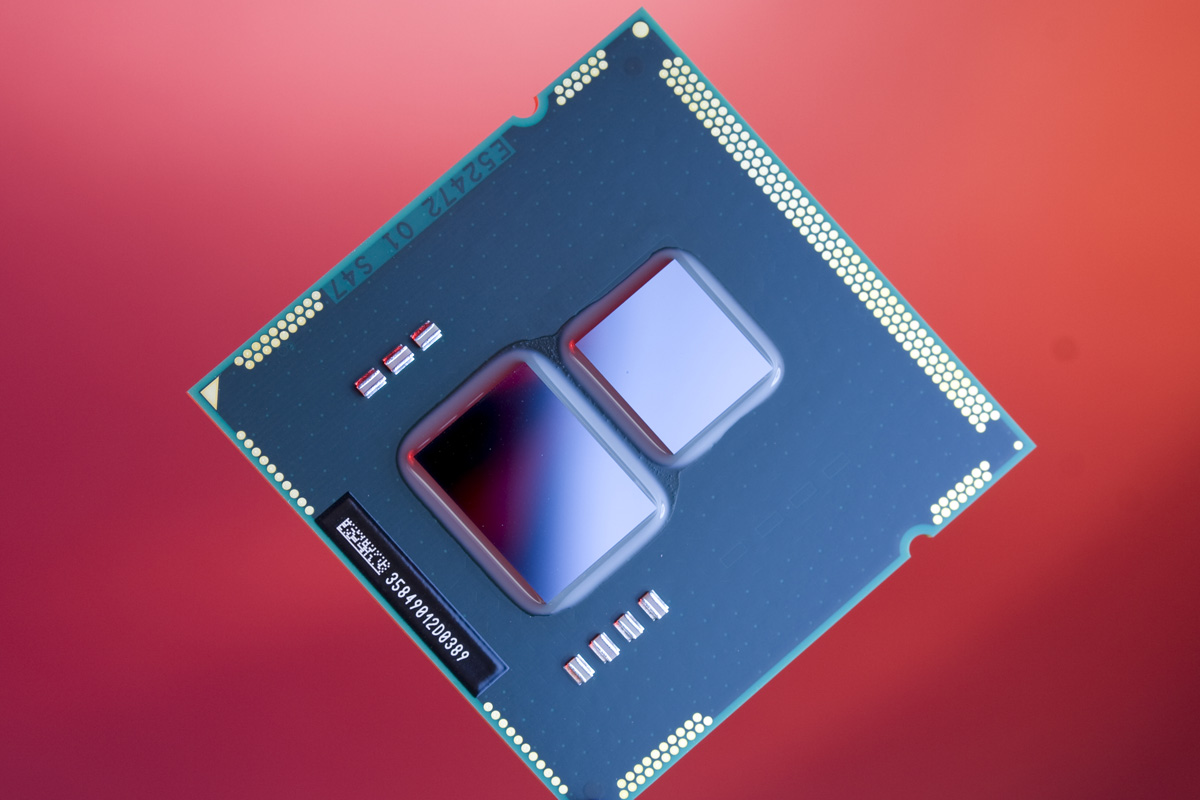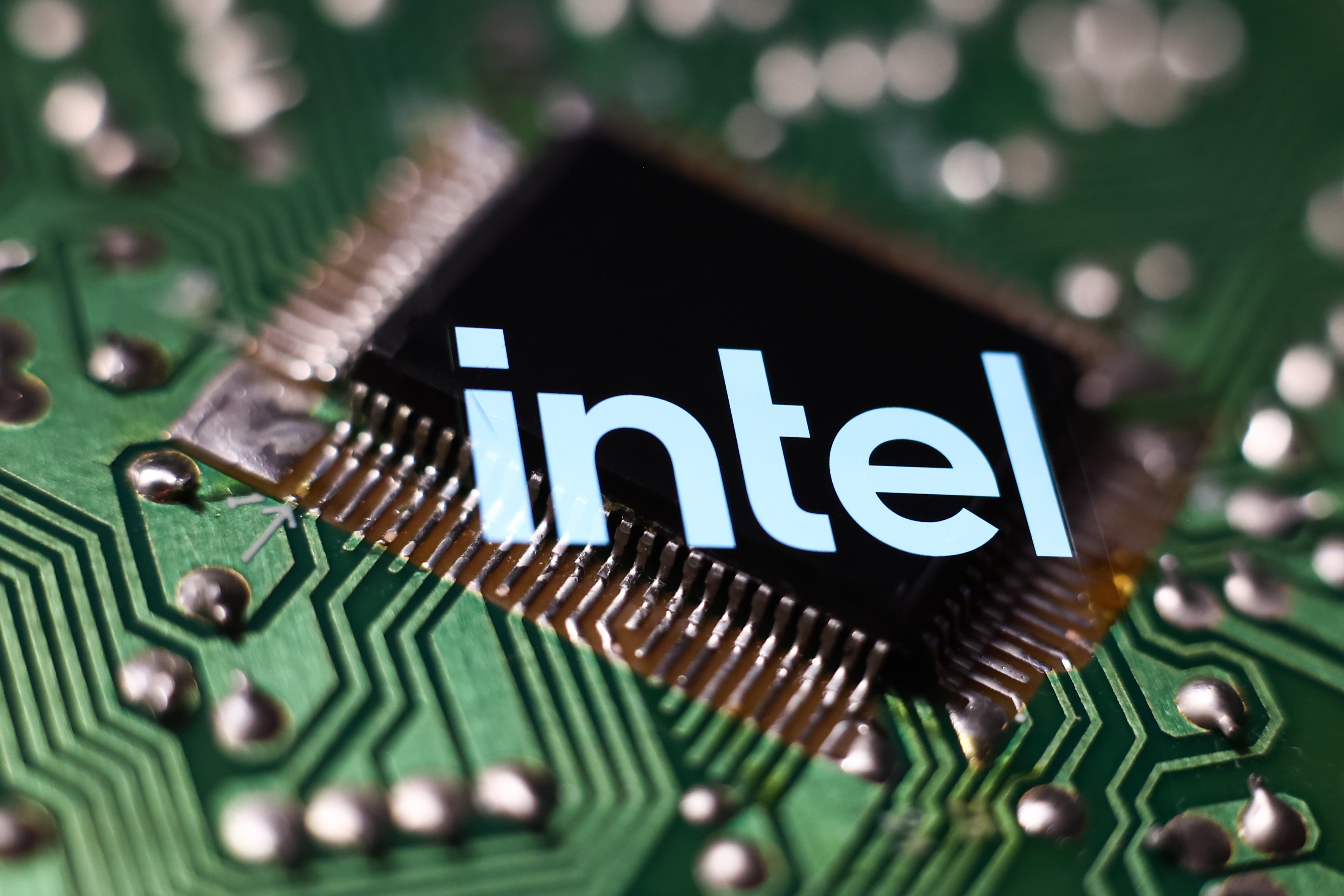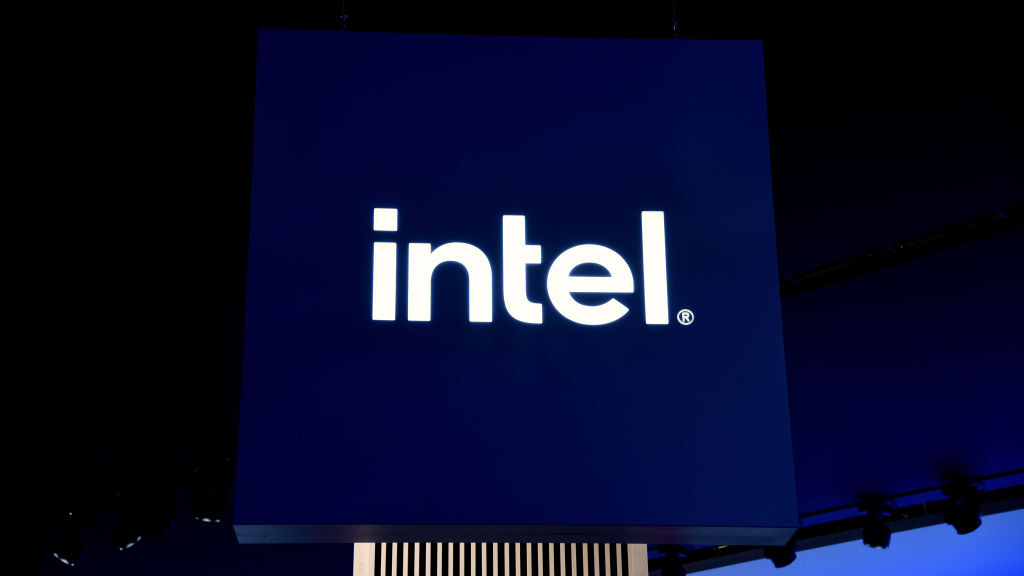Intel to launch 32nm CPUs this week
Chip giant Intel looks set to unveil the first fruits of its Westmere architecture this week at the Consumer Electronics Show (CES) in Las Vegas.


Intel is set to launch a range of CPUs based on its new 32nm architecture, codenamed "Westmere", this Thursday at the Consumer Electronics Show (CES) in Las Vegas.
The company will introduce the new lightweight Core i3 range, as well as extending the mid-range and workstation Core i5 and Core i7 brands on both the desktop and mobile platforms.
The architecture brings multiple benefits for businesses. Power consumption is cut by the move to smaller transistors, and further reduced by aggressive power gating, which automatically shuts down portions of the chip that aren't in use. As a result, notebooks based on the new processors can expect improved battery life over older Centrino models, while idle desktops can draw as little as half the power of their Core 2-branded predecessors.
The new chips also integrate a GPU directly into the processor package, alongside the CPU die, reducing the size and complexity of the overall system. The Intel HD Graphics chip lacks the power of a meaty desktop graphics card, but it's more than capable of running office and internet applications, and boasts hardware decoding for Blu-ray discs and other video applications.
A last bonus for businesses is a set of new processor instructions designed specifically for AES encryption, enabling compatible software to encrypt and decrypt sensitive data at greatly accelerated speeds.
The new processors are set to replace Intel's Core 2 series a move that's unlikely to have a major impact on system pricing, but should bring significant performance benefits as well as reduced power
consumption. Intel claims that in independent multitasking benchmarks the new mobile Core i5-430 proves 34 per cent faster than the established Core 2 Duo P7550, while on the desktop the i5-650 beats the Core 2 Quad Q8400 by 43 per cent.
Get the ITPro daily newsletter
Sign up today and you will receive a free copy of our Future Focus 2025 report - the leading guidance on AI, cybersecurity and other IT challenges as per 700+ senior executives
Turn to the next page for technical details.
Darien began his IT career in the 1990s as a systems engineer, later becoming an IT project manager. His formative experiences included upgrading a major multinational from token-ring networking to Ethernet, and migrating a travelling sales force from Windows 3.1 to Windows 95.
He subsequently spent some years acting as a one-man IT department for a small publishing company, before moving into journalism himself. He is now a regular contributor to IT Pro, specialising in networking and security, and serves as associate editor of PC Pro magazine with particular responsibility for business reviews and features.
You can email Darien at darien@pcpro.co.uk, or follow him on Twitter at @dariengs.
-
 Westcon-Comstor and Vectra AI launch brace of new channel initiatives
Westcon-Comstor and Vectra AI launch brace of new channel initiativesNews Westcon-Comstor and Vectra AI have announced the launch of two new channel growth initiatives focused on the managed security service provider (MSSP) space and AWS Marketplace.
By Daniel Todd Published
-
 Third time lucky? Microsoft finally begins roll-out of controversial Recall feature
Third time lucky? Microsoft finally begins roll-out of controversial Recall featureNews The Windows Recall feature has been plagued by setbacks and backlash from security professionals
By Emma Woollacott Published
-
 Gaining timely insights with AI inferencing at the edge
Gaining timely insights with AI inferencing at the edgeWhitepaper Business differentiation in an AI-everywhere era
By ITPro Published
-
 Scaling AI from pilot to production: Maximize AI impact with HPE & Intel
Scaling AI from pilot to production: Maximize AI impact with HPE & IntelWhitepaper Transform AI proof-of-concepts into full-scale implementations
By ITPro Published
-
 UK supercomputer boom as HPE and Dell receive funding for new AI cluster
UK supercomputer boom as HPE and Dell receive funding for new AI clusterNews The UK’s AI computing capabilities will increase by an order of magnitude in 2024
By Rory Bathgate Published
-
 AI gold rush continues as Hugging Face snags $235 million from IBM
AI gold rush continues as Hugging Face snags $235 million from IBMNews The investment round, which brings the company's valuation to $4.5 billion, also includes Amazon, Google, Intel, and Salesforce
By Richard Speed Published
-
 Why is ASUS reviving Intel’s NUC mini-PC line?
Why is ASUS reviving Intel’s NUC mini-PC line?News The diminutive PC is to rise again while analysts look for the business case
By Richard Speed Published
-
 Intel targets AI hardware dominance by 2025
Intel targets AI hardware dominance by 2025News The chip giant's diverse range of CPUs, GPUs, and AI accelerators complement its commitment to an open AI ecosystem
By Rory Bathgate Published
-
 Why aren’t factories as smart as they could be?
Why aren’t factories as smart as they could be?Whitepaper How edge computing accelerates the journey to a remarkable factory
By ITPro Published
-
 Who needs Intel vPro®, An Intel® Evo™ Design, anyway?
Who needs Intel vPro®, An Intel® Evo™ Design, anyway?Sponsored With flexible work on the up, the demand for high performance on-the-go business laptops has never been greater
By ITPro Last updated